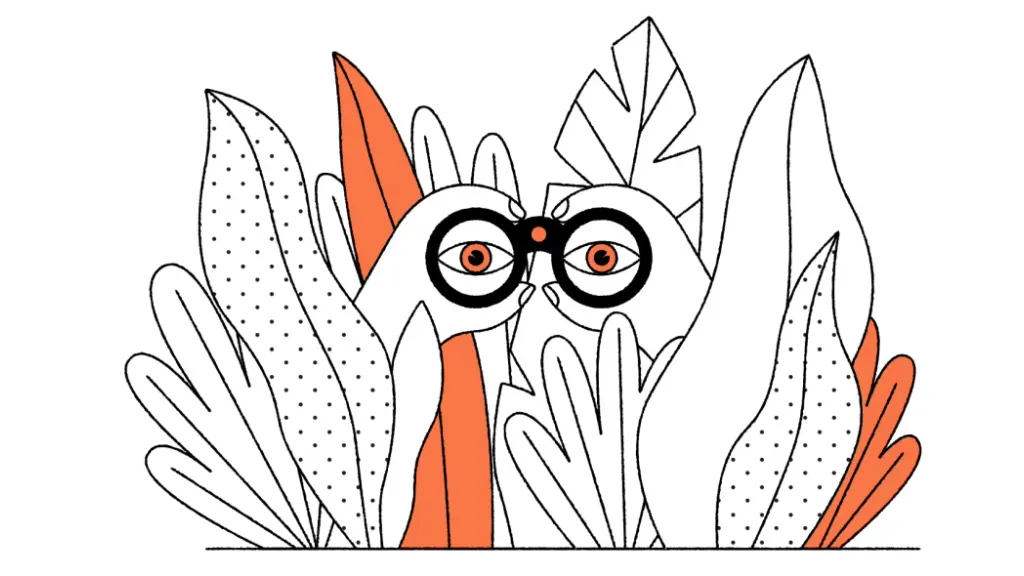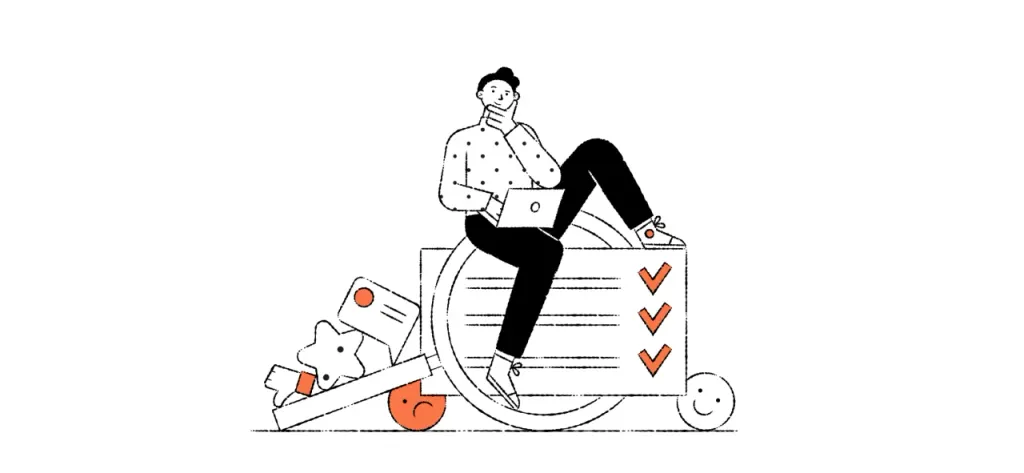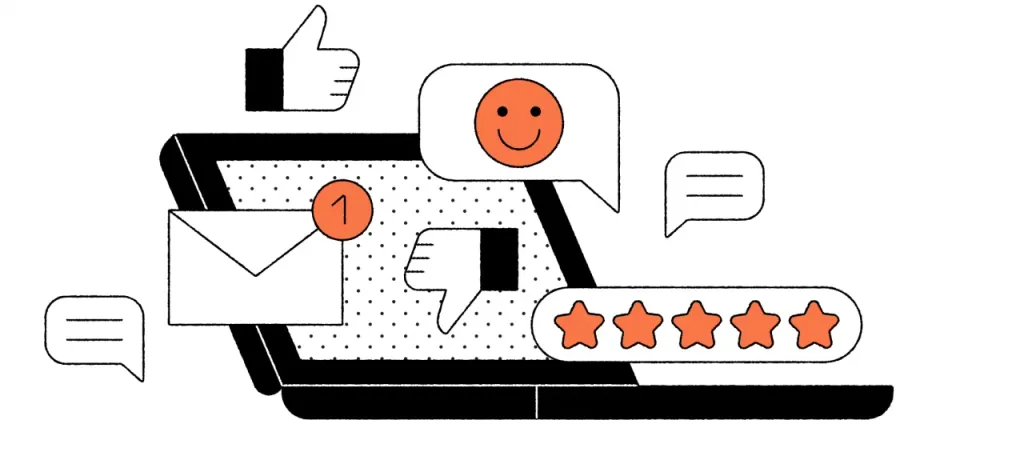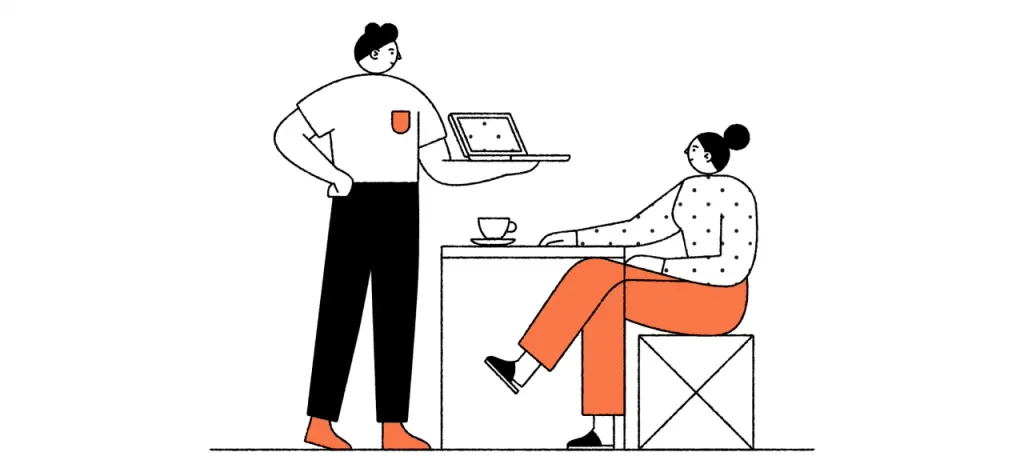Budget methods of product and UX-research

Often the manager or client does not believe in the benefits of research and is not willing to allocate a budget for it. Therefore, projects rarely have funds for large-scale research. It seems that any product or UX study requires large budgets. But it does not. In this article Lead Product Designer in Amomedia, Genesis Andrew Zhulidin collected methods of food and UX-studies, which can be conducted almost free of charge, explained the essence of each of them, how to conduct them, as well as added examples from my own practice.
The purpose of this article is to motivate and show that research can be budget-friendly and effective.
Online Ethnographic Research
The main purpose of ethnographic research is to find out how people behave when no one is looking at them. This observation in the context in which they use the product. In the network you can “spy” what difficulties users face, which makes them happy as they talk to each other.
Scott Hörf in his book “How to create a product that will be loved” calls this method “safari sales”. He offers watch users online - a place where thousands of discussions of various issues are published every day, a lot of feedback and thoughts. This information is a valuable source for insights. This method can be called anthropological research - observation by users in the environment. It can be the starting point of the project, and on the basis of the received data it is possible to conduct in-depth research - to build “persons” or user segments.
How to conduct
- Find places on the web where your customers live: what forums and sites they visit, what newsletters they read.
- Look at what consumers do on the Internet in everyday life. What do they read? What do they share with friends? What problems are discussing? In which cases do they ask for help? When to help others?
- Collect as many messages as possible on a topic of interest to you: visit Reddit, read the comments under the video on Youtube, thematic pages in social networks, etc.
- Find pain and insights in these messages. Highlight common tasks, topics and emotions, combine them. Collect as much as possible more information and highlight patterns that are repeated in your records.
Case study
I unconsciously used this technique before I learned about it from the book. Then it was less conscious and structured. I now use this method when starting a new project or before conducting in-depth interviews. For example, the past In the summer, such observations helped me to understand the potential “pain” of the respondents and to formulate “deeper” questions to understand them during the interview.
To understand how people succeed in losing weight, I went to reddit.com and found many victory stories there. It gave give me a starting point for defining key custom tasks.

Questionnaires
Questionnaires are a universal tool that is widely used for various types of research. With their help it is possible test visual design (UI), build information architecture, find important product features, measure usability and much more.
How to conduct
- Formulate the purpose of the study, it will depend on the type of questionnaire and question.
- Formulate questions and answer options.
- If you already have a product, ask users to help improve it and fill out a questionnaire. If not - publish questionnaire on thematic platforms, where the target audience “lives”.
- Analyze the results.
Case study
Now in the product we use paid services for conducting surveys, because we need advanced tools, which they offer. But for personal purposes, I still use regular Google Forms. They cope perfectly with simple surveys, and in Google Spreadsheets I analyze the results. For example, I recently had the idea of personal educational EdTech product.

Reports and analytics from research companies
Research companies publish detailed reports on people’s habits, user experience and benchmarks. Such reports help see trends, learn the habits of the target audience or study expert opinion. They can be very helpful on early stages of product development. Please note that not all of them are free.
How to conduct
- Find a suitable company.
- Examine all reports and formulate insights.
- Use the data obtained in the design or for in-depth research.
There is no single source of reports to help you in any situation. So you just need to know where to look. For example, if you are developing an e-commerce product, use research from the Baymard Institute. In their reports you You will find a lot of useful information about UX in e-commerce. In research from Nielsen you can learn about sports fans and betting. In reports from App Annie - about the mobile user experience.
Case study
When I was working on a mobile content product, I needed to know the literary preferences of the target audience. There was also advertising monetization in this product, and it was necessary to study how our CA relates to advertising. Everything you need information I found in reports from Nielsen and Nielsen Norman Group.
Interviews and usability testing
In-depth interviews are one of the basic methods of a UX researcher. It helps to learn more about users, their expectations, needs, motivation and previous experience, and then build custom mental models.
Interviews and usability testing can be done on a budget, if you take on the whole stage of recruitment and find interested in the topic of people who are ready to help for free. Respondents and the services that help them usually have to pay find, for each session. But if you are willing to spend a little of your time, you can do without expensive services and agencies search for respondents.
How to conduct
- If you have a finished product, ask users for help, offer them a subscription to the product or a gift in in the form of a branded souvenir. If you don’t have a product yet, find motivated and interested respondents on the topic at thematic platforms.
- Select the respondents yourself to make sure that the candidates are right for you. You will spend more time searching compared to specialty products, but save budget.
- Analysis of results: interpret, structure and highlight key points.
Case study
Speed is important to us in working projects, so we are ready to allocate a budget for recruiting respondents. But in personal projects I use the scheme described above. For example, while studying design thinking in IDEO U I needed to interview couriers who use the subway. I made a post on Facebook and wrote personally to friends who are potential could find respondents. So I found the right people and saved the budget.

Online mentions and contacting support
If your product is already running, it’s likely that users have already started generating feedback about it. They write in product support service, probably complain or praise it on social networks and in app stores, mentioned in personal blogs.
If your product has not yet been launched, you can study your future competitors in this way.
How to conduct
- Contact your product support, if available. Probably, there are a lot of requests from users: they share problems, ask about product features, suggest improvements. The support system categorizes all requests so that you can see the trends.
- Learn product reviews on the App store, Play Market and social networks. You can also study the reviews not only about your product, but also about competitors.
- Set up the Google Alerts tool to track mentions of your product on various web resources. He will shape selections with mentions and send messages.
- Analyze the information received.
Case study
Contacting support can help you choose what to implement in the first place. For example, after the implementation of and Launching the MVP version of one of our mobile weight loss products, we have received hundreds of requests to add a specific function in terms of nutrition.
I also use support as a basis for more in-depth study and in-depth questions interview.

Guerrilla user testing or “corridor” testing
The most accurate definition of guerrilla usability research was formulated by Martin Bellam: the art of attacking lonely people in cafes and public places and quickly shoot them while they use the website for a few minutes.
This is an alternative to laboratory usability testing, which requires special space and devices in the form of various cameras. And also require the personal presence of respondents in the laboratory.
The method is well suited for digital products with a wide target audience and for testing tasks that do not require special knowledge. But this method requires a special “fighting” mood, because not everyone can so easily talk to stranger and find contact with him.
An alternative to the method may be the so-called “corridor” inspections or testing with colleagues. It is easier to find contact with them,but it is possible that they will be afraid to offend you and will not be able to give an objective assessment.
How to conduct
- Before you start testing, you must have the finished product or its prototype in any form.
- Find a public place.
- Approach the person and ask if he or she wants to take part in product testing.
- If she agrees, learn a little about her.
- Suggest a few test scenarios.
- Observe the interaction.
- Ask about experience.
- Thank you and treat yourself to a cup of coffee or something else 🙂
Case study
When I was a freelancer, I often held coworking meetings. After the next meeting and discussion of the sales site cosmetics for a wide target audience, I stayed in coworking and decided to conduct guerrilla research. I showed a prototype site for a few strangers sitting at neighboring tables. I asked them a few questions and asked perform one task - choose a shampoo. So I got instant feedback and noticed potential problems interface.
